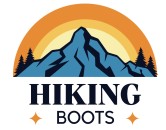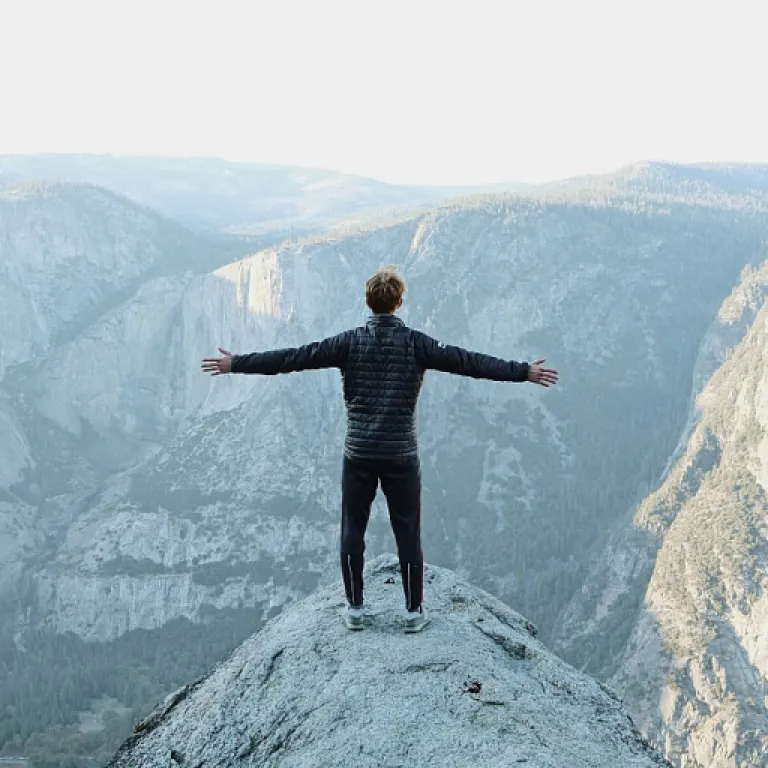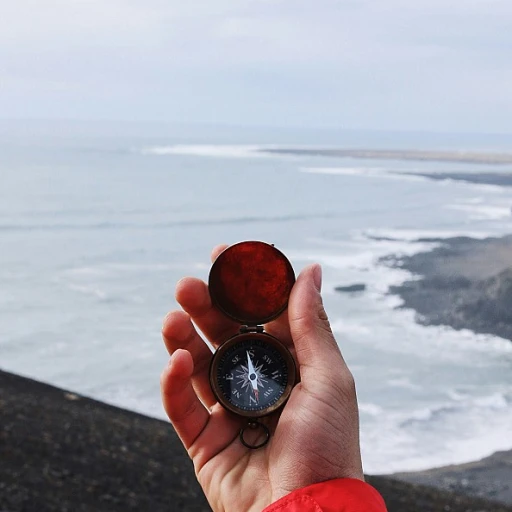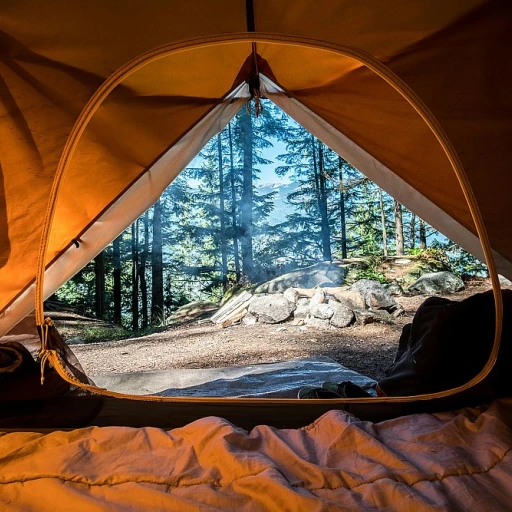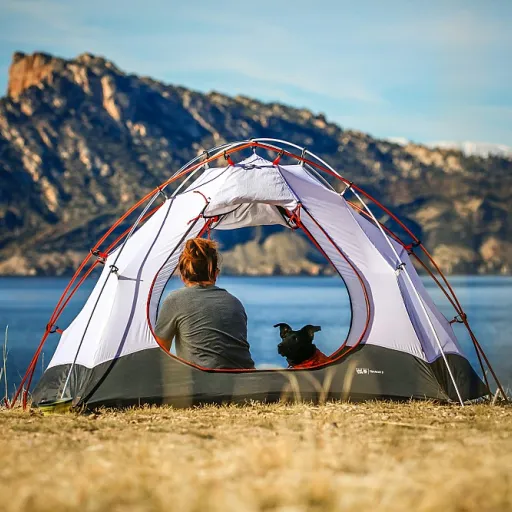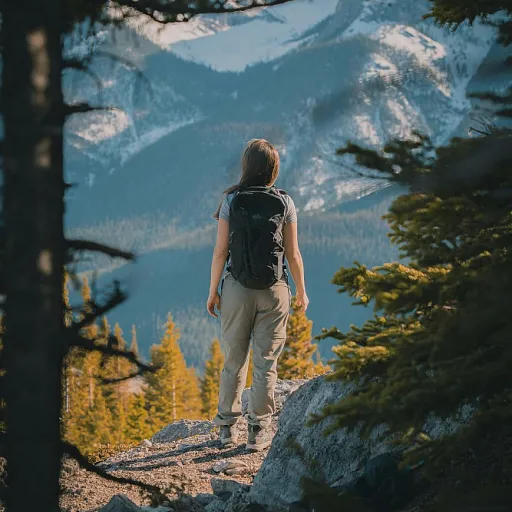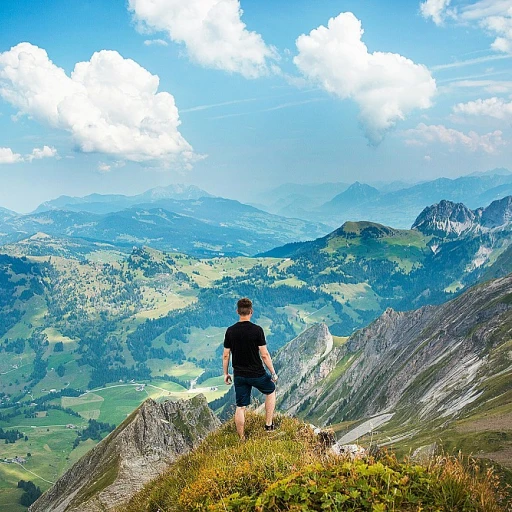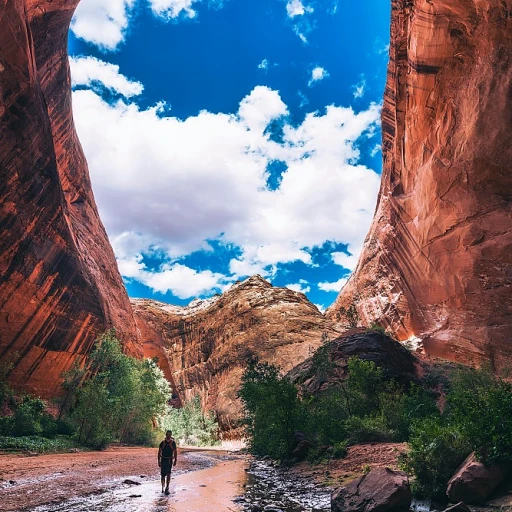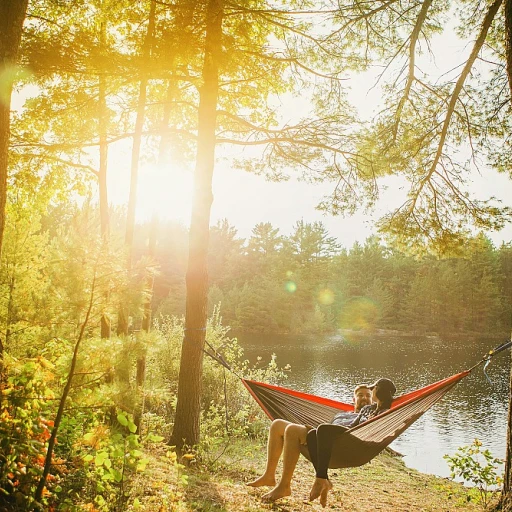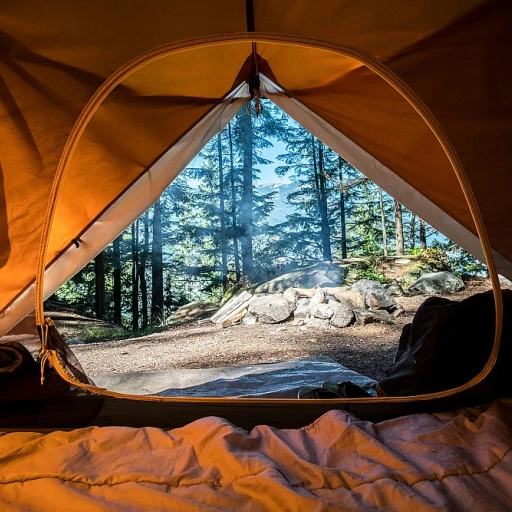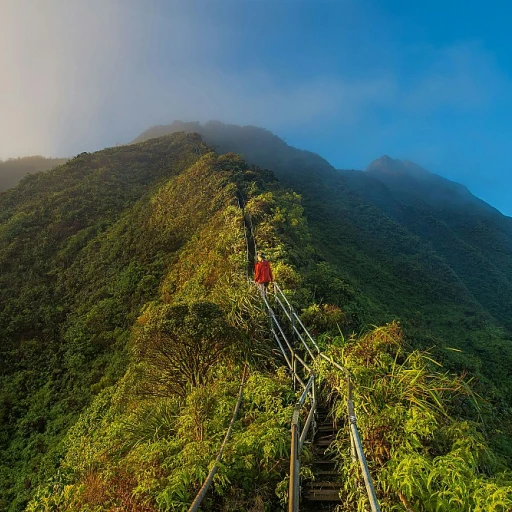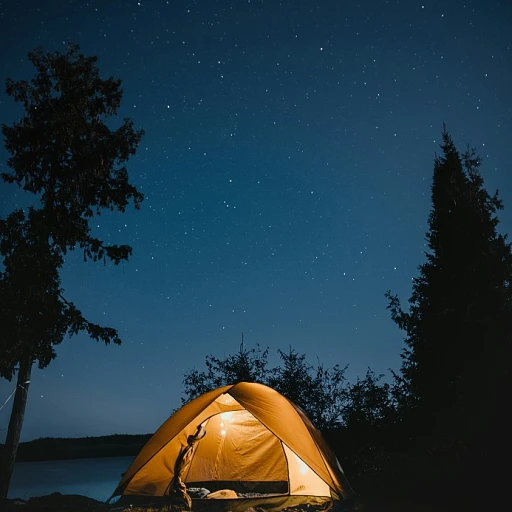
Understanding the Terrain: What Comes After Mt. Moosilauke?
Preparing for the Next Summit
After savoring the great views from Mount Moosilauke's summit, many hikers find themselves contemplating their next adventure. The trails of Moosilauke South and the majestic ridge of Franconia offer a blend of challenges and breathtaking vistas that cater to both the seasoned hiker and those seeking new heights. When planning your next quest, consider the diverse terrains that await beyond Moosilauke and how different each experience can be. The allure of the White Mountain range extends far beyond the loop trails of Moosilauke. Exploring paths like the Beaver Brook and Snapper Trail can provide elevation gains and great views, reminiscent of your triumph over Mount Moosilauke. Meanwhile, the Appalachian Trail beckons with opportunities to traverse through tunnel brook trails, providing new challenges and rewards with each step. For those seeking a leisurely day hike, the gentle inclines of the Carriage Road or the scenic Gorge Brook Trail might be appealing and offer an easy yet fulfilling experience. Remember that each path, from the serene routes to the demanding ridge trails, will require a fresh assessment of your hiking gear, particularly your hiking boots. Proper fit and comfort become essential when treading on unfamiliar grounds. Don’t forget to browse some of the other top hikes in New Hampshire for inspiration as you plan your next move beyond the Moosilauke summit.Key Features to Look for in Hiking Boots
Essential Features in Your Next Hiking Boots
When planning your next adventure, especially after tackling the rugged terrain of Mount Moosilauke, finding the right hiking boots can make all the difference. The varied landscape of trails such as Beaver Brook, Snapper Trail, and Gorge Brook demands boots that can handle different conditions with ease.Durability and Traction for Stability Navigating the challenging ascent to the summit of Mount Moosilauke and the trails surrounding the South Peak requires boots with excellent durability. A durable construction ensures you can brave the rocks, roots, and sometimes wet surfaces often found on trails like Carriage Road and Tunnel Brook. Opt for boots with a robust sole providing reliable traction, catering to the diverse terrain you'll encounter, from the easy loops around the Ravine Lodge to the steep climbs of the Appalachian Trail.
Water-Resistance and Breathability The varying weather conditions of the White Mountain range mean a quick trek up the ridge or a leisurely walk along the Gorge can turn into a wet ordeal. Water-resistant boots are crucial to keep your feet dry as you make your way along the peaks and views of the South Peak. However, don't sacrifice breathability. Breathable materials help keep your feet comfortable throughout the day, reducing the risk of blisters.
Ankle Support and Cushioning When ascending or descending mountain paths like the Franconia Ridge or undertaking the Brook Trail, proper ankle support is crucial for preventing injuries. Look for boots with adequate cushioning that absorbs any impact during hikes, ensuring comfort and safety on trails with elevation gain or the great views snapper could offer.
For more detailed guidance on how these features apply to other challenging hikes, explore the trails of Northeast Pennsylvania where similar considerations are key.
Material Matters: Choosing the Right Boot Fabric
Choosing the Best Material for Your Hiking Boots
When it comes to choosing the right material for your hiking boots, the environment after conquering Mt. Moosilauke plays a crucial role. Whether you're embarking on the challenging trails of the Hawaii trails, or simply enjoying a day hike around the white mountain area, the fabric of your boots can make a huge difference in comfort and performance.
The material of your boots affects breathability, water resistance, durability, and weight. Each has a unique advantage depending on the type of hike you're planning. Here's what you should consider when selecting material for your next adventure:
- Leather: Known for its durability and water resistance, leather is ideal for rugged hikes across moosilauke gorge or tackling the beaver brook trail. However, it can be heavier than other materials.
- Synthetic Materials: Options like nylon and polyester provide flexibility and are generally lighter. They dry faster than leather but may lack the support needed for higher elevation gain during peak loop ascents.
- Gore-Tex: This material is touted for its waterproof properties while allowing some breathability, making it a great choice for unpredictable weather conditions on the likes of the tunnel brook or ridge trail.
- Hybrid: A combination of materials often capitalizes on the waterproof qualities of leather and the lightweight nature of synthetics, offering a balanced choice for trails with moderate challenges, like those found in the gorge brook area.
Selecting the appropriate material not only enhances your hiking experience by providing comfort and protection throughout the journey but also delivers great views without the distraction of sore feet or soggy boots. As you prepare for your next summit, keep these material traits in mind to find the perfect fit for your outdoor adventures.
Fit and Comfort: The Importance of Proper Sizing
Perfect Fit for Optimal Hike Performance
When it comes to embarking on your next adventure after conquering the grandeur of Mount Moosilauke, having a pair of hiking boots that fit just right is paramount. The foundation of a satisfying hike — whether you're tackling the Snapper Trail or aiming for the summit via the South Peak Loop — begins with how well your boots support your feet. Proper sizing not only enhances comfort but also reduces the risk of blisters and injuries. Ensuring that your boots are the right size can make all the difference when navigating the varied terrains like the Ridge Trail or the Brook Trail. Remember that a good fit means your boots should feel snug yet not constricting, with plenty of room to wiggle your toes. Whether you're on a day hike along the Beaver Brook Trail or scaling the white mountain paths with significant elevation gain, having a well-fitted boot can turn a strenuous climb into an enjoyable challenge. For those frequenting the well-trodden paths around Moosilauke South or the scenic vistas along the Gorge Brook route, it’s crucial to try on boots with the socks you plan to wear and consider orthotic inserts if needed. The right fit assures that your journey along the picturesque Carriage Road or Tunnel Brook and beyond is both comfortable and memorable. Don't underestimate the significance of boot lacing techniques, which can further tailor the fit to your foot's contours, providing additional support when facing the rugged terrain of corridors like the Appalachian Trail or the exhilarating Mount Blue ridge routes. Thus, committing to a proper fit is integral to reaching the summit Moosilauke with minimal discomfort.Caring for Your Hiking Boots
Preserving Your Investment: Proper Hiking Boot Care
Taking care of your hiking boots ensures they'll accompany you on many future adventures, lasting for miles of trails like the Appalachian Trail or the snapper trail on Mount Moosilauke. Here’s how to keep your boots in peak condition:- Clean Regularly: After every hike, especially on trails like Beaver Brook or Gorge Brook with water crossings, remove debris and mud. Use a soft brush for gentle cleaning.
- Dry Boots Thoroughly: Moisture is the enemy of boot longevity. After hikes involving wet conditions, such as the misty South Peak or the snowy Franconia Ridge, ensure your boots dry completely before storage. Avoid direct heat, which can damage materials.
- Condition Leather Properly: If your boots are made from leather, regular conditioning keeps the material supple and resistant to the elements found on ridge trails or at the summit of Moosilauke.
- Inspect and Repair: Regularly check for wear and tear, especially if you're often treading through rugged terrains like the Moosilauke Gorge or the elevation gains of the White Mountain. Address any damage promptly to prevent exacerbation.
- Store Correctly: Store boots in a cool, dry place, away from direct sunlight. This helps maintain their integrity during off-seasons or when not exploring the great views of the Moosilauke area.
Top Hiking Boot Recommendations for Your Next Adventure
Premier Choices for Your Next Venture
When preparing for the trails that await beyond Mount Moosilauke, selecting the right hiking boots is crucial to ensure your journey is comfortable and hassle-free. Here are some top recommendations that stand out for their exceptional performance in diverse terrains.
- Salomon Quest 4 GTX: Known for its excellent stability and support, these boots offer great grip on trails like the Beaver Brook Trail and Snapper Trail. The waterproof Gore-Tex membrane keeps your feet dry, even on wet paths like those around Tunnel Brook and Ravine Lodge.
- Merrell Moab 2 Mid-Waterproof: A fantastic option for day hikes and easy trails, the Moab 2 is lightweight yet provides superior comfort. It's ideal for adventures on carriage roads and ridge trails where elevation gain and moderate peaks like Mount Blue might be encountered.
- Lowa Renegade GTX Mid: Crafted for challenging terrains with great views such as Franconia Ridge, these boots provide ankle support and traction that ensures safety on rocky ridge trails and summits like South Peak. The leather material is durable, complementing the fit and comfort discussed earlier.
- Hoka One One Sky Kaha GTX: A newer option built for plush comfort, these boots make any ascent feel like an athletic task. With excellent absorption for impact, they're perfect for tackling the elevation demands of South Moosilauke and the Great Gulf area.
Before choosing, consider the specific features and benefits that align with the terrains you'll explore next. Whether you're braving the Gorge Brook's intricate paths or looping in the White Mountains, prioritizing the right hiking boot will elevate your adventure experience.
